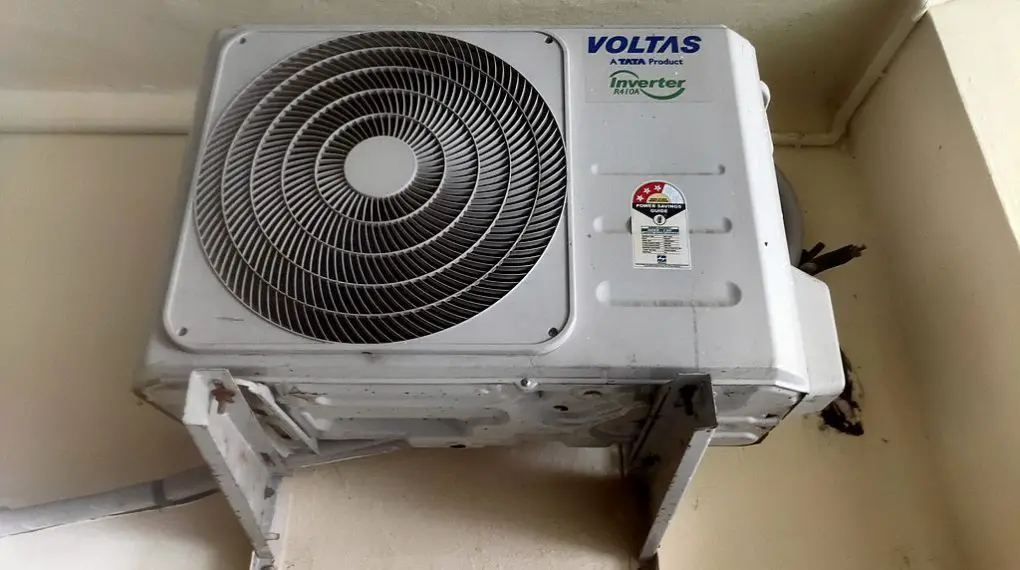In the first step to mastering HVAC maintenance or repairs, one must grasp the concept of compressor resistance values. This article sheds light on the topic.

Table of Contents
What are Compressor Resistance Values?
Compressor resistance values are essentially the measurements of electrical resistance across the various windings present in a compressor’s motor. To understand this concept fully, let’s break it down further:
Electrical Resistance: In simple terms, it is the opposition a material offers to the flow of electric current. In compressors, resistance is a crucial aspect to ensure the correct flow of electricity to power the motor effectively.
Motor Windings: These are coils of wire within the motor responsible for creating a magnetic field that enables the motor to function. Different windings have different resistance values, which is vital in diagnosing potential issues.
Measurement Unit: The unit used for measuring resistance is ohms, and it is gauged using a multimeter, a handy tool in electrical maintenance and repair tasks.
Why Understanding Compressor Resistance Values is Crucial
Having a deep understanding of compressor resistance values is pivotal for several reasons, including:
Preventive Maintenance: Regular checks on resistance values can help identify problems in the early stages, allowing for preventive actions and averting major breakdowns.
Cost-Efficiency: Being able to diagnose and fix issues early on means avoiding costly repairs or replacements in the future, thereby saving money in the long run.
Safety: Working with electrical components carries inherent risks. Understanding resistance values aids in ensuring safety by helping identify potential electrical hazards before they become serious.
Check out these other related articles…
AC Compressor Works but No Cold Air: Fixed in 5 Easy Steps
AC Compressor Grounded: Easy Guide to Identify & Fix
Causes of Compressor Short to Ground: Easy 411 Guide
Grounded Compressor Symptoms: How to Spot & Solve Them
AC Compressor Grounded Out: Diagnose & Fix in 5 Easy Steps
Measuring Compressor Resistance Values: A Step-by-Step Guide
When it comes to measuring compressor resistance values, a structured approach is essential. Here we break down the process into detailed steps:
Preparation: Always start with safety first. Ensure that the compressor is completely powered off and disconnected from any power source to prevent accidents.
Identification of Terminals: Compressors come with three terminals – common, start, and run. It is crucial to correctly identify these terminals as the resistance values are measured between them.
Using the Multimeter: Set the multimeter to the resistance setting (often denoted by the Ω symbol). Proceed to measure the resistance between the different terminal pairs: common-start, common-run, and start-run. Note down the values accurately for each pair.
You can get this KAIWEETS Digital Multimeter from Amazon if you don’t have a multimeter.
Recording Values: Create a log of the resistance values measured. This record will be a fundamental resource in diagnosing and understanding the health status of the compressor.
Interpreting the Results
Once the measurements are taken, it is time to interpret the results, a crucial step in the diagnostic process.
Generally, the resistance value between the start and run terminals should be the sum of the values between the start and common terminals and the run and common terminals.
If there is a significant deviation from this expectation, it signals potential issues that require further investigation.
Practical Applications of Compressor Resistance Values
Understanding compressor resistance values goes beyond troubleshooting; it finds substantial application in several practical scenarios, such as:
Regular Maintenance: Being a fundamental part of regular maintenance protocols, it aids in ensuring the smooth operation of HVAC systems.
Energy Efficiency Assessments: By monitoring resistance values, one can gauge the energy efficiency of a system, helping to implement measures that can reduce energy consumption and promote sustainability.
Longevity of HVAC Systems: A deep understanding of resistance values can aid in ensuring a long and healthy lifespan for HVAC systems, thus ensuring a good return on investment.